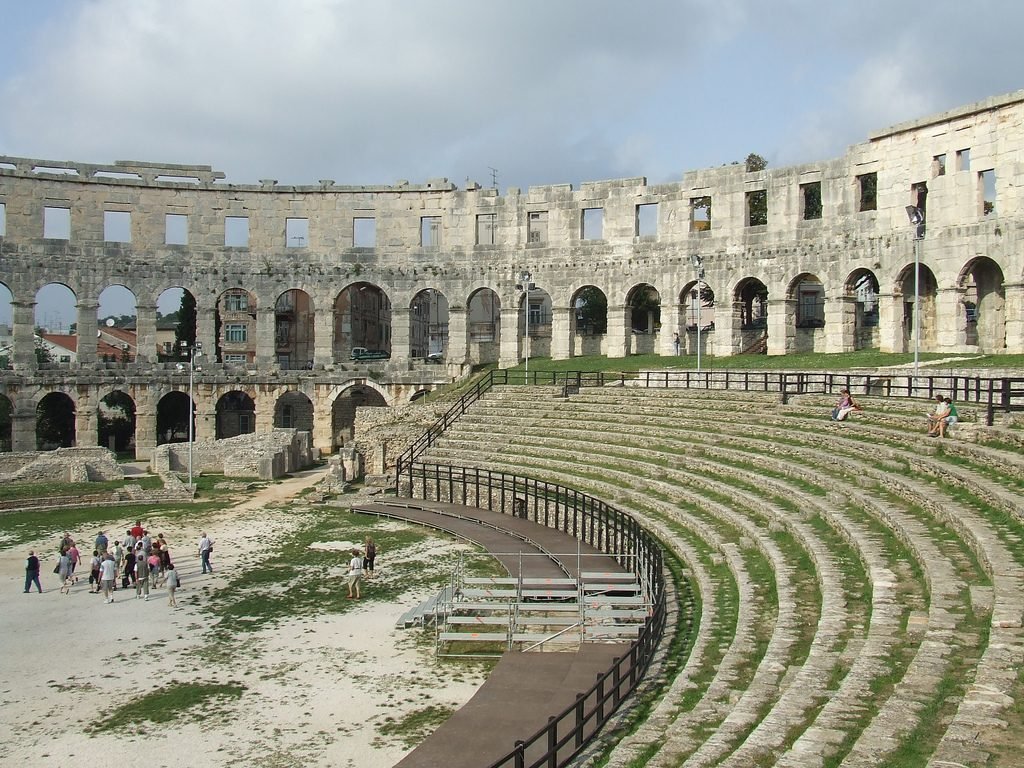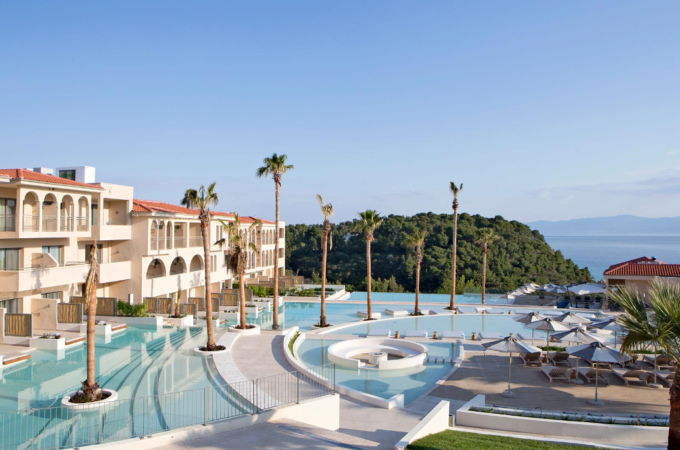
Discover Some Of The Best Roman Ruins In Croatia
Recent years have seen Croatia become one of the best tourist destinations around the world and this could be attributed to a number of factors. Its unique coastal lines, national parks as well as high-level marketing by Croatian Government seem to have attracted many travel enthusiasts. Despite all these attractions, Croatia’s Roman ruins remain one of the unique sites that continue to draw interests around the world.
Roman ruins can be found in different cities owing to the fact that the Roman Empire ruled Croatia for about five centuries. Some of the best-preserved ruins and ranked among the biggest in the world are found in Croatian cities. In this article, you will find some of the best Roman ruins found in Croatia.
Pula
Pula is a city on the tip of the Croatian Peninsula known for its rich harbors, coastline and Roman ruins. The city emerged as a result of prehistoric activities and strategic location. It has been occupied, destroyed and reconstructed over the years and also administered by different rulers during World War II. The city was conquered by Roman Emperor in 2nd Century BCE and has since then been a place with rich cultural heritage. The Venice-Pula ferry connects Italy to Croatia and is instrumental in bringing visitors in and out of the city.

The most notable Roman ruin in the city of Pula is the Arena that is located a few meters away from the Archaeological Museum in Istra. It has a capacity of 20,000 people and continues to host different events in the city including the famous ice hockey.
The Temple of Augustus is another great Roman Ruin in the city. It is located in the center of the old city and acts as an attraction to many visitors who tour the town. In 1944, this iconic ruin was destroyed by a bomb but later restored to its glory.
Split
The most unique Roman monument in the city of Split is the Diocletian’s Palace whose history can be traced back to 350AD. The palace was built for Diocletian, a Roman Emperor and was to act as his home after retirement. The ruin contains a temple and Diocletian’s Mausoleum and temples despite historical facts that point to him being a great persecutor of Christians during his time. The ruin is 200 meters wide and 20 meters high with cellars underneath.
Salona
The Roman Ruins of Salona are strategically located in the city which is a few kilometers from Split. Those who have a passion for understanding the Roman Empire and its operation will find this ruin rich with history. The city of Salona acted as headquarters of Dalmatian Province as well as a resort for well-off members of Roman society. Its 2nd Century Amphitheatre is what brings out the uniqueness of ancient times. It was destroyed during the war but later reconstructed as a heritage site and has the Great Thermae, one of the many baths that were built in Salona.

Burnum
Located about 2.5km north of Kistanje, Burnum used to act as Roman Legion camp. This is where the military camp was built by Dalmatian and acted as a logistical center for many years. Some of the remains you are likely to find in this area include an amphitheater, a praetorium and an aqueduct that is about 32 kilometers long. This is a unique site and archaeologists have been involved in the process of exploring it to yield more information about Roman life in the ancient times. Its history makes it a good destination for those who visit Croatia from far countries.




